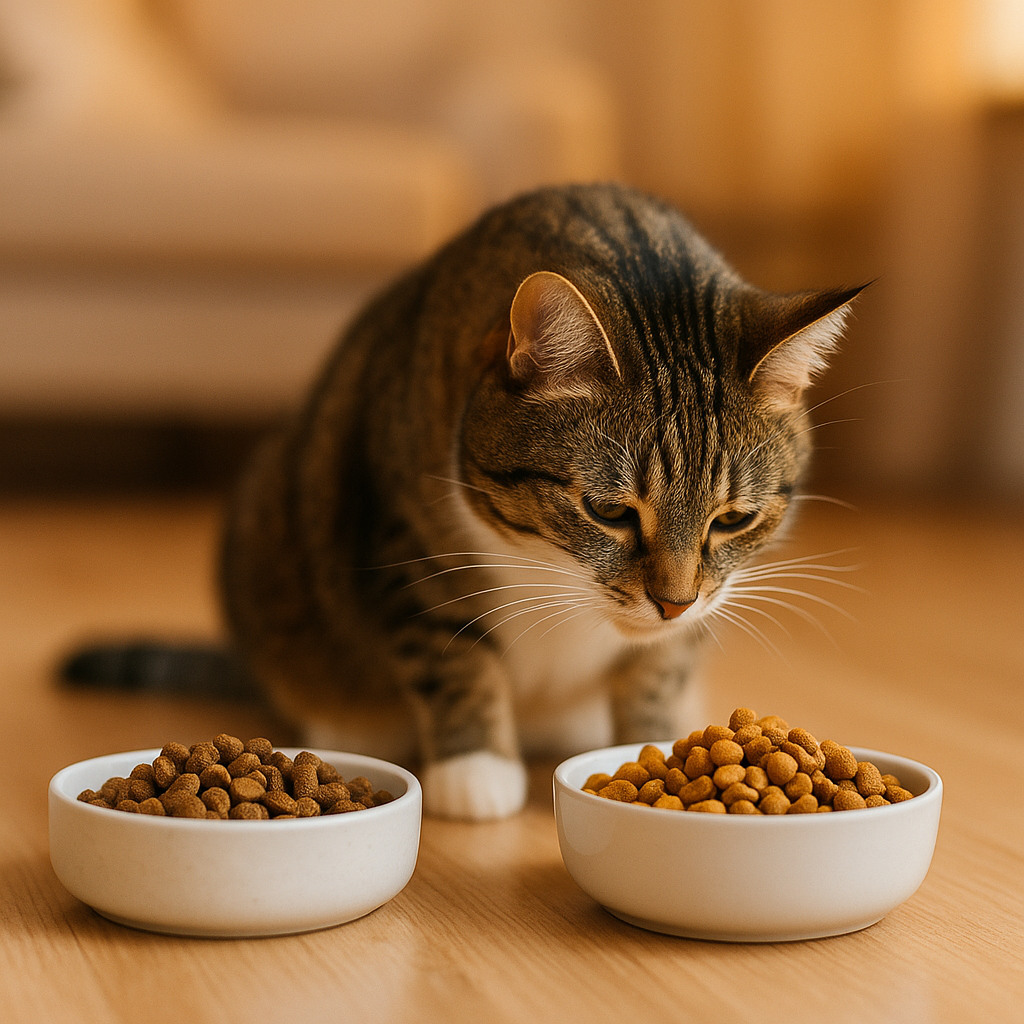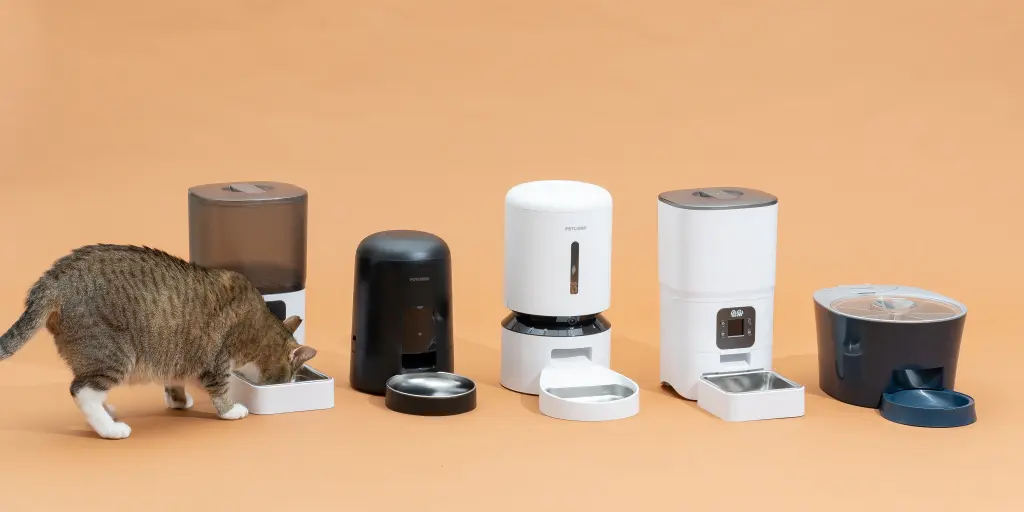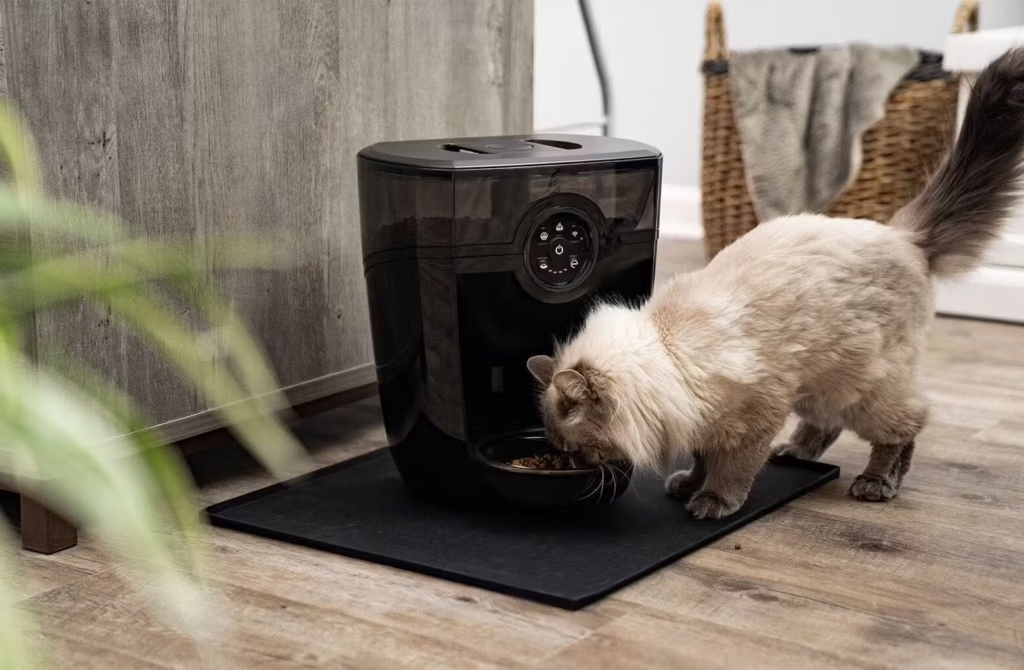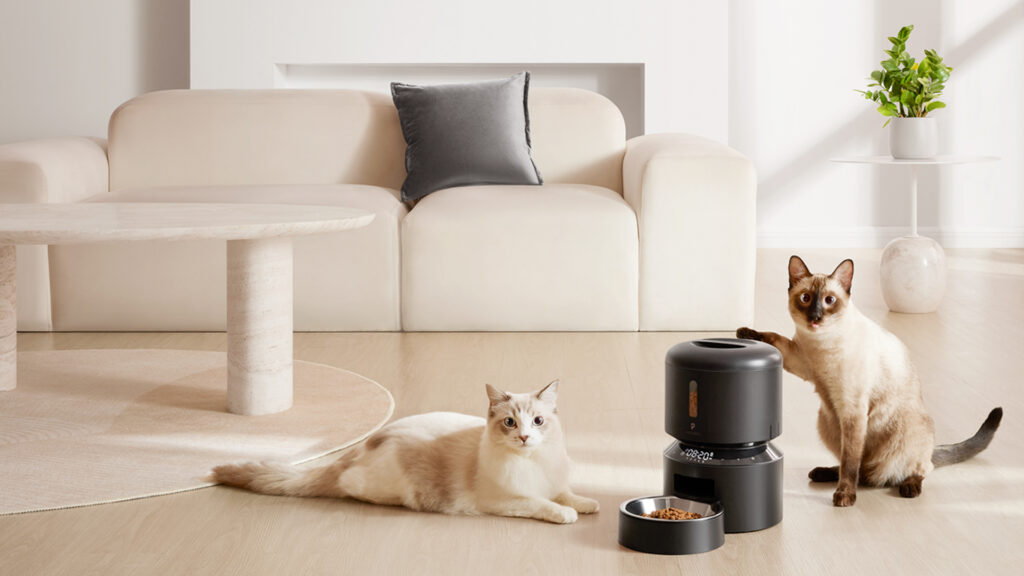How to Transition Your Cat to New Food
Changing your cat's food sounds easy, right? Just swap the bowl and you're done! Unfortunately, that's a recipe for disaster. Cats are sensitive little creatures, and sudden diet changes can upset their stomachs—or worse, make them stop eating altogether. So, how do you transition your cat to a new food without stress? Let's break it down.

Why Transitioning Is Important
Cats love routine. Their favorite nap spot, their playtime, and yes—their food. Suddenly changing what's in their bowl can make them suspicious and anxious.
A quick switch can cause vomiting, diarrhea, or loss of appetite. These issues can become serious if your cat stops eating for more than 24 hours.
Signs Your Cat Needs a Diet Change
If your cat is getting chunky or too skinny, their current diet might not be meeting their needs.
Excessive scratching, hair loss, or tummy troubles could mean your cat is allergic to something in their food.
Always follow your vet's advice if they suggest a new diet for medical reasons like kidney disease or diabetes.
Things to Consider Before Switching
Decide whether you're moving from kibble to canned food, or vice versa. Cats who love crunch might need extra patience when switching to wet food.
Kittens, adults, and senior cats have different dietary requirements. Choose food that matches your cat's life stage.
Look for real meat as the first ingredient, avoid too many fillers, and make sure the food meets AAFCO standards.
Step-by-Step Guide to Transition
Don't dump the old food out and fill the bowl with the new one. That's a fast track to kitty rebellion.
Start with 75% old food and 25% new food for the first few days. Then move to 50-50, and finally 100% new food over 7–10 days.
Keep an eye on their poop, energy levels, and appetite. If something seems off, slow down the transition.
The general rule: the slower, the better. Some cats need 2–3 weeks to fully adjust.
75% old food
50% old food
25% old food
Common Mistakes to Avoid
Big no-no! Cats hate surprises—especially in their food bowl. Always transition gradually.
If your cat hates fish flavors, don't try to force it. Pick something close to what they like.
How Long Does the Transition Take?
Typically 7–10 days, but picky eaters may take up to 3 weeks. Patience is key. Watch for signs of acceptance and adjust the timeline accordingly.
Tips to Make the Switch Easier
A little warmth brings out the aroma and makes the food more appealing to finicky cats.
Consistency helps your cat feel secure during the change. Feed at the same times each day.
A small amount of a tasty topper can encourage your cat to try the new food.
If your cat stops eating for 24 hours, vomits frequently, or has persistent diarrhea, call your vet immediately. These could be signs of a serious reaction to the new food.
Final Thoughts
Transitioning your cat to a new food isn't rocket science—but it does take patience, observation, and love. Go slow, pay attention to your cat's reactions, and you'll both be happier for it.




